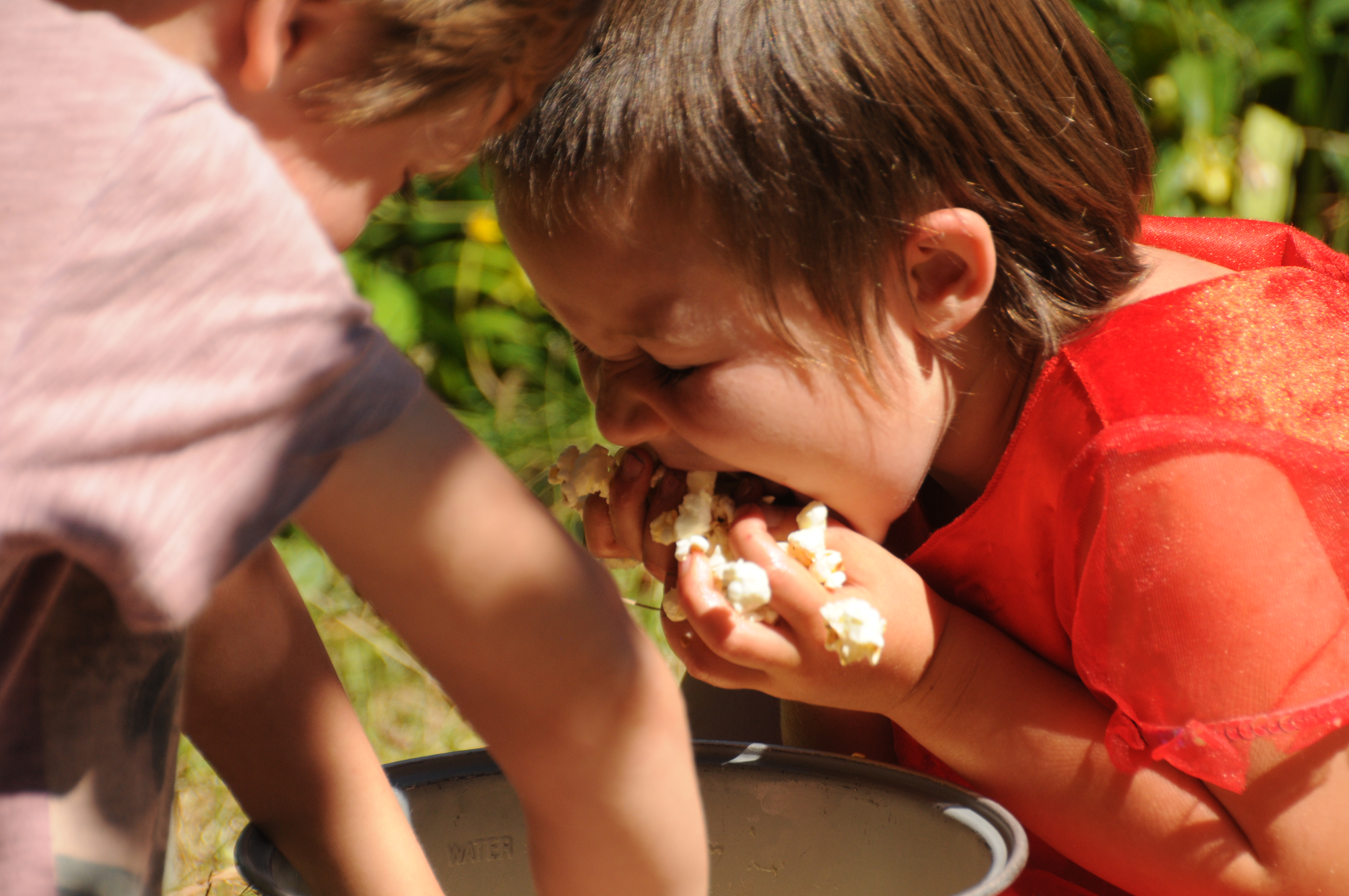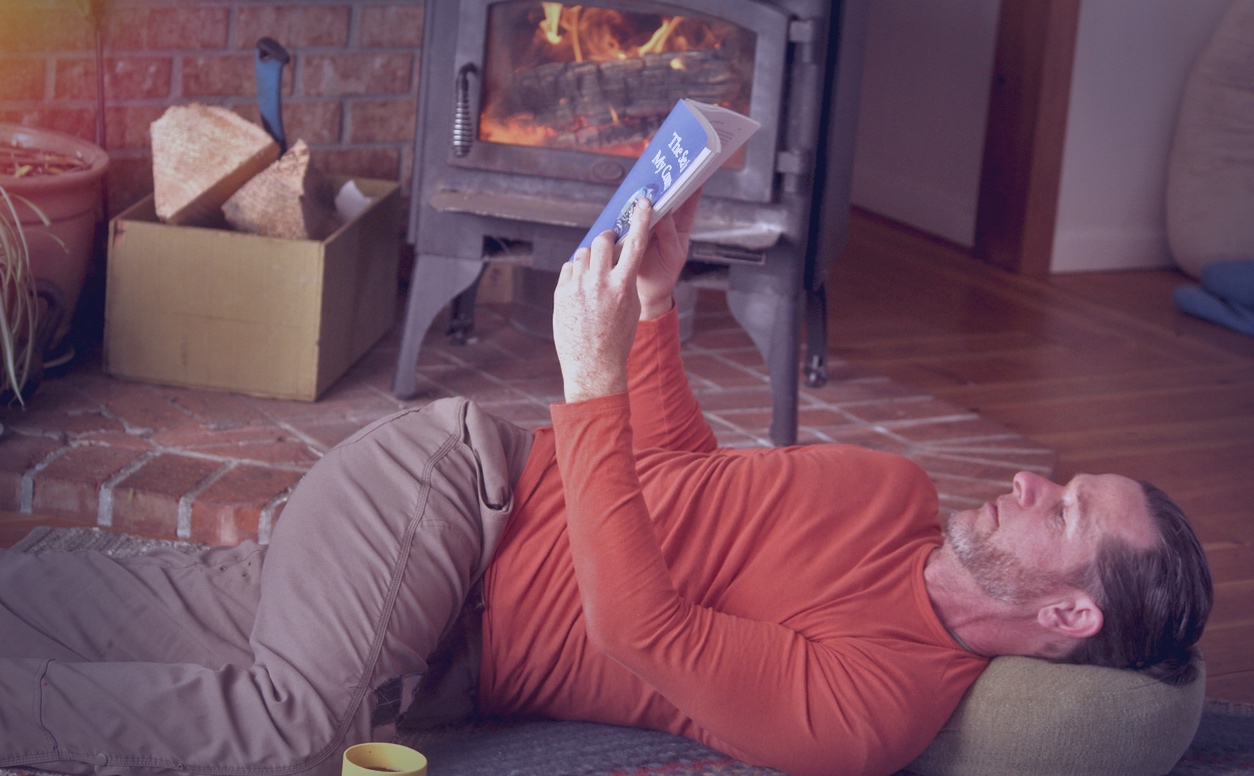November is Alzheimer’s Awareness month. In 2017 I sat on the panel of a Women’s Alzheimer’s Movement event in California hosted by the organization’s founder, Maria Shriver. One big takeaway from all experts was the importance of movement to the health of the brain. Getting any exercise is better than none, and going forward, we need more investigation into an optimal dosage and mode of movement. Until then, these are some of the tips I shared at the event for a little food for thought!
Get your feet on the ground! New research shows that the foot’s impact when walking or running can create forces that increase the blood supply to the brain. If you currently take all of your exercise seated or on a machine that holds your foot in place, mix it up by adding activities that have you “pounding the pavement.”
Chew your food. It’s not only your legs, arms, and abs that need exercise. The muscular action used for chewing, it turns out, can help preserve hippocampus-dependent cognitive function. Sure, green smoothies are handy, but consider adding a little jerky or dehydrated apples or mangoes to your diet to work those chewing muscles!
Move for more brain mass. Movement not only helps maintain muscle mass, it can also help preserve hippocampal volume in those with a genetic predisposition to Alzheimer’s disease.
Think outside the exercise box. An hour of daily exercise is great, but if you have hours of sedentary behavior surrounding that single hour, you’re still pretty sedentary. To increase the benefits of physical activity, strive to put more movement back into your life. Choose to walk instead of drive, seek out active chores, and learn to move more during your non-exercise time.
Get in the garden! Gardening counts as a leisure activity, anxiety buster, and exercise! Pairing gardening with other physical activities like dancing and exercise has been shown to decrease risk of Alzheimer’s disease. To stay well, don’t just exercise—all physical activity is important. In this case, you put your bod to even greater use and MAKE FOOD with your bicep curls, squats, forward bends, and healthy-brain intentions.
Want to move more, but not feeling ready or able yet? Start with the exercises and move-more lifestyle tips in Dynamic Aging! For more on the difference between exercise and physical activity, read this article: Move Your DNA: Movement Ecology and the Difference Between Exercise and Movement.





